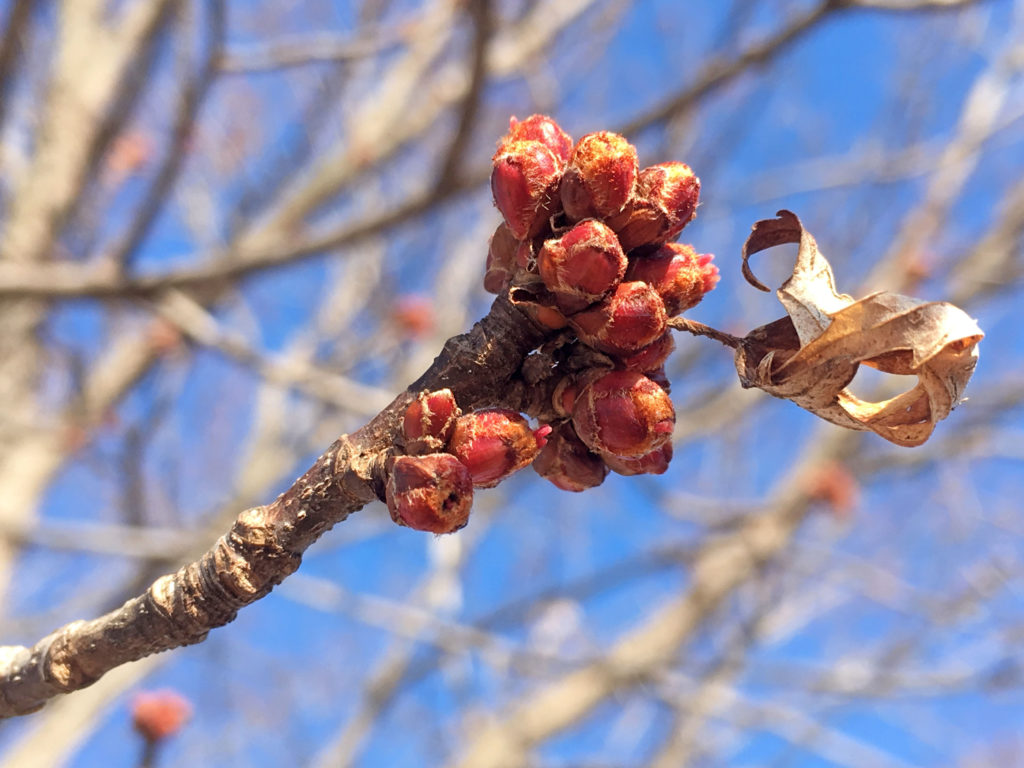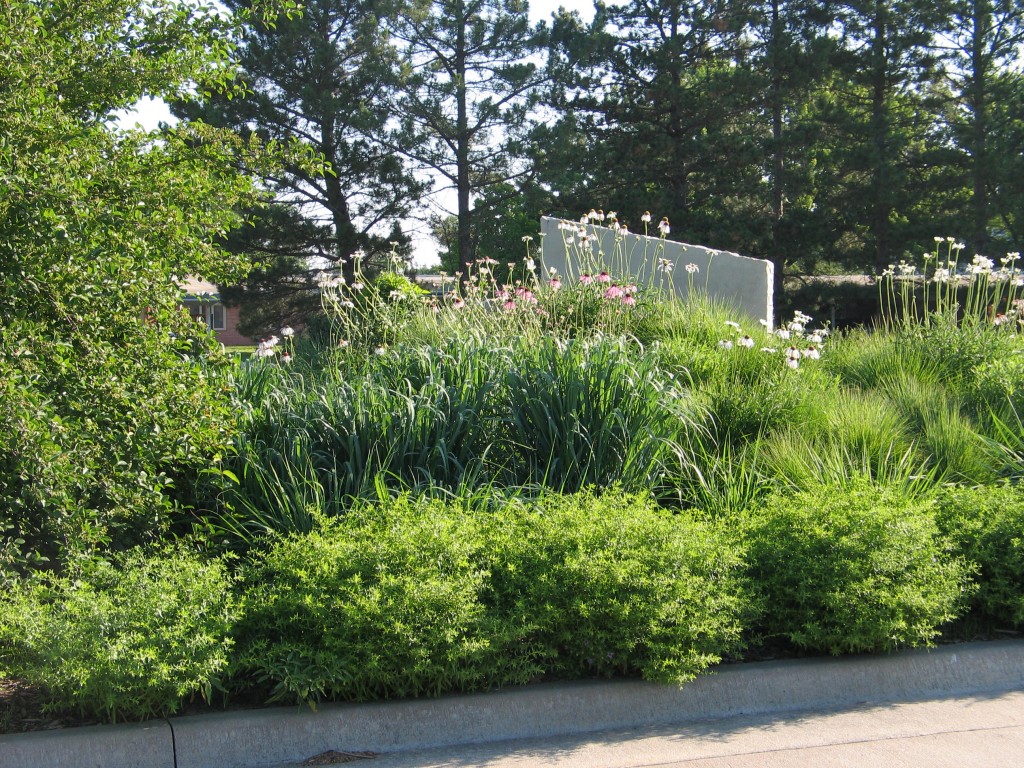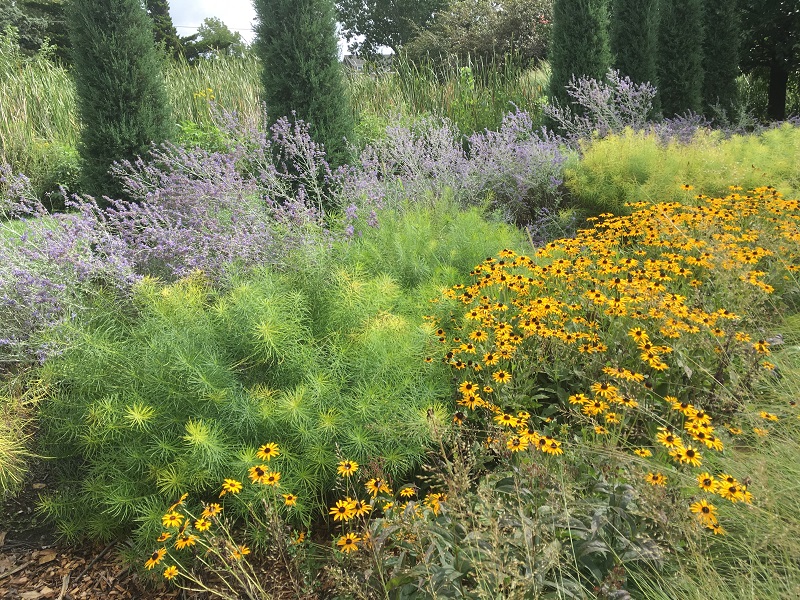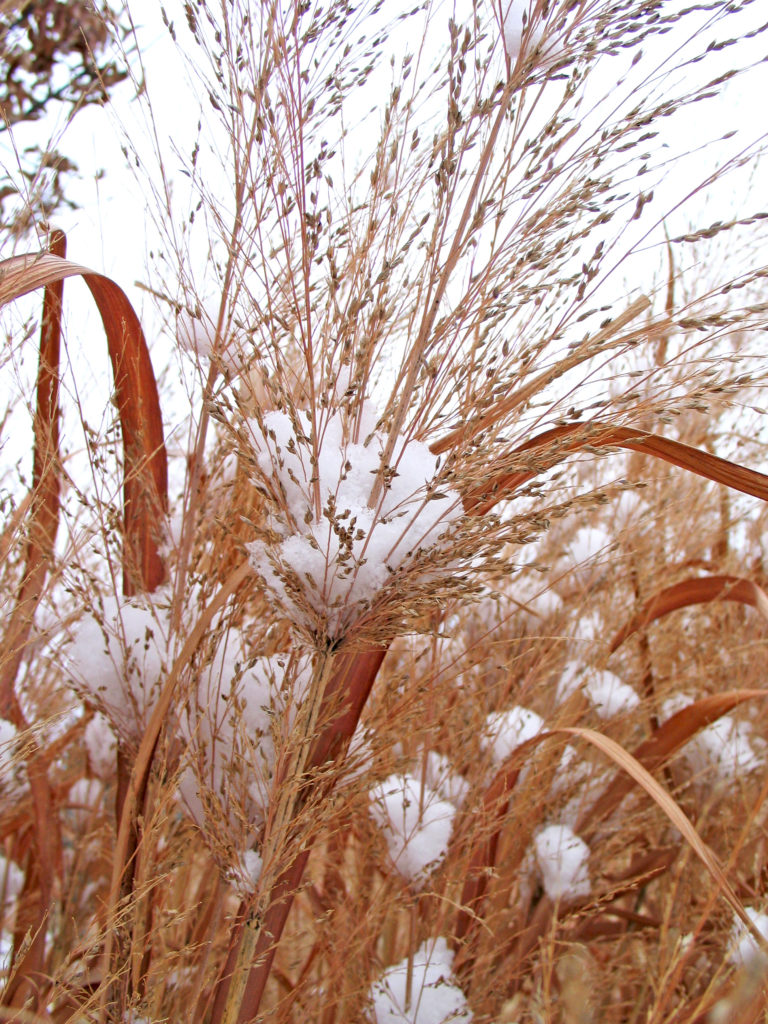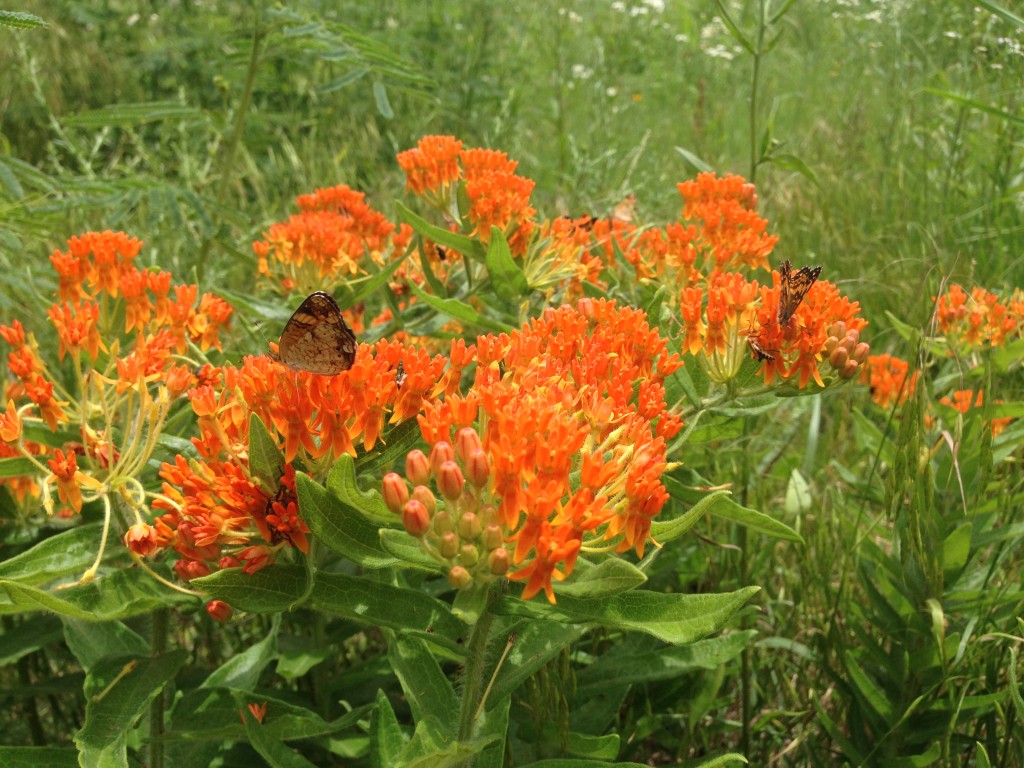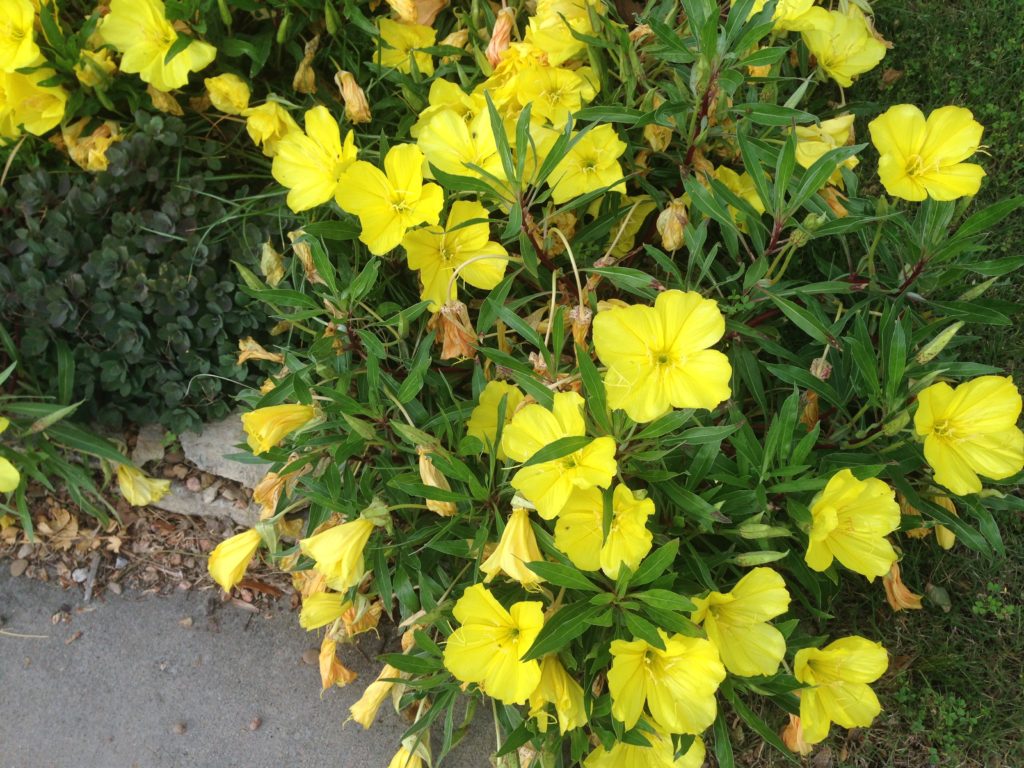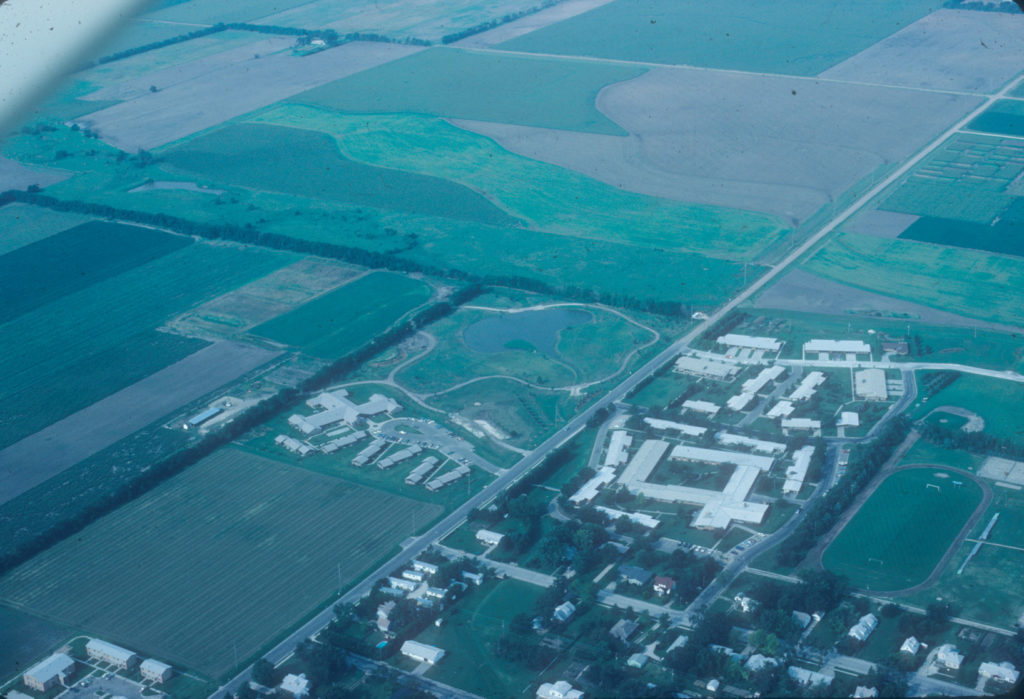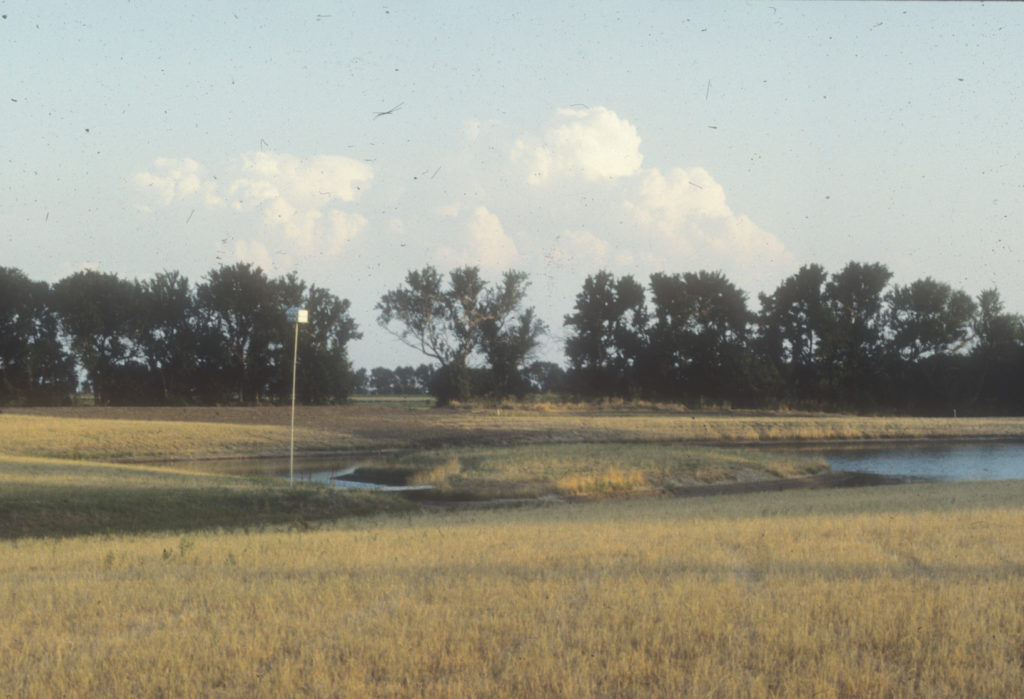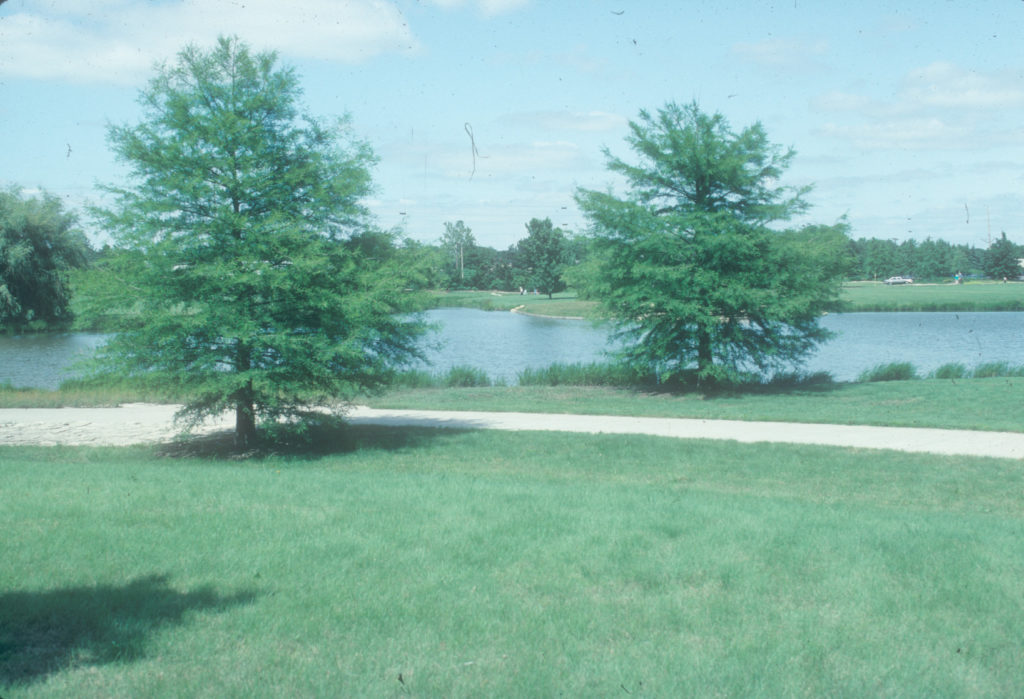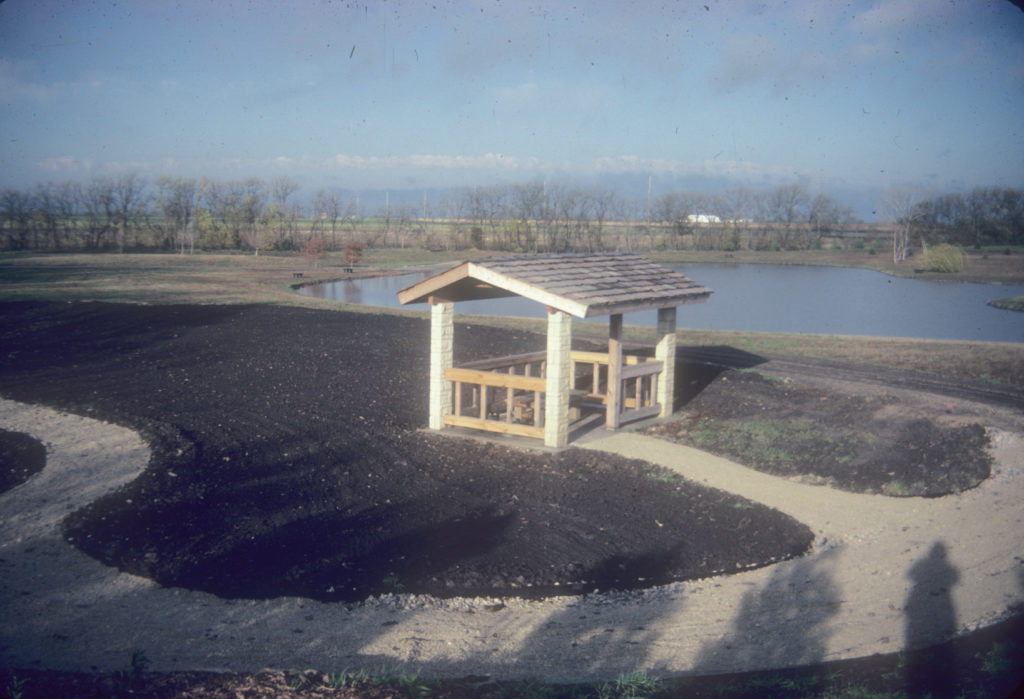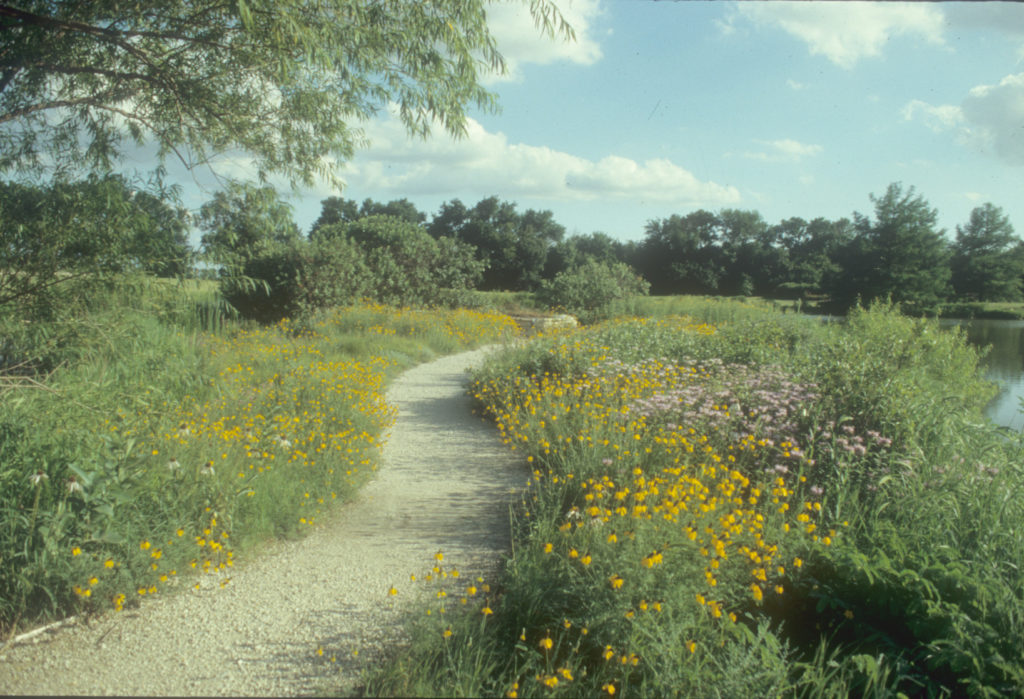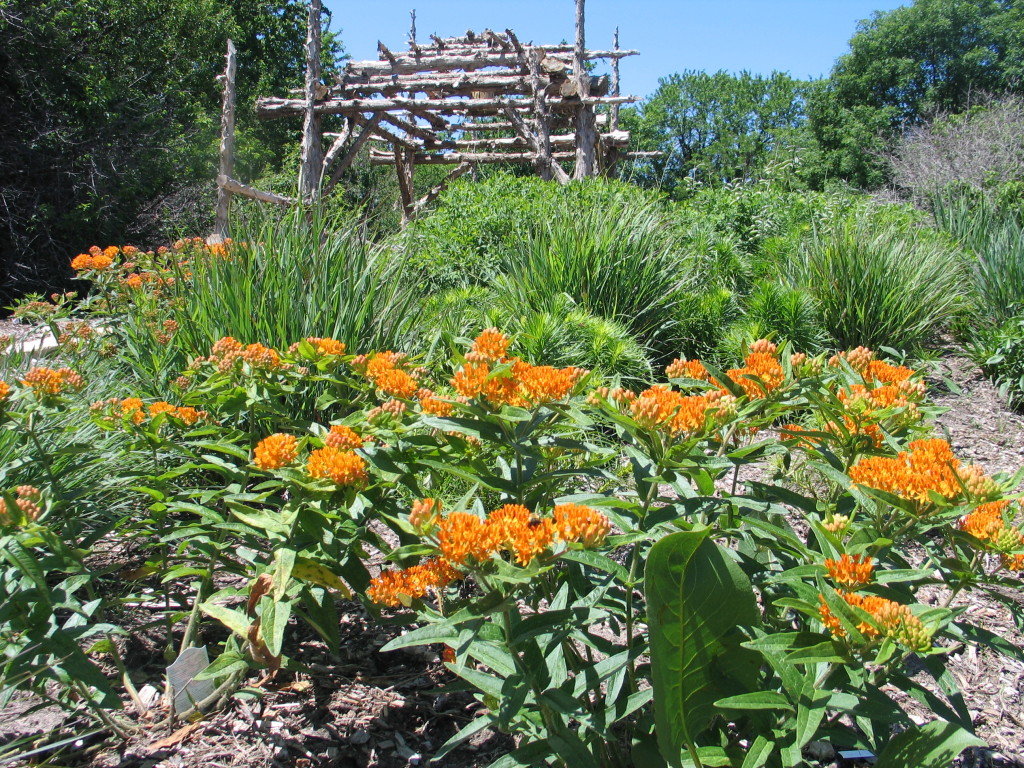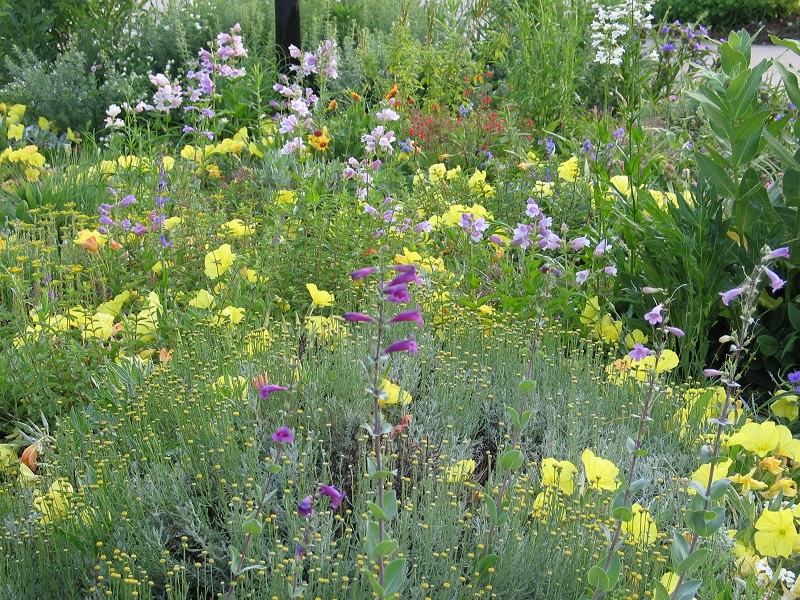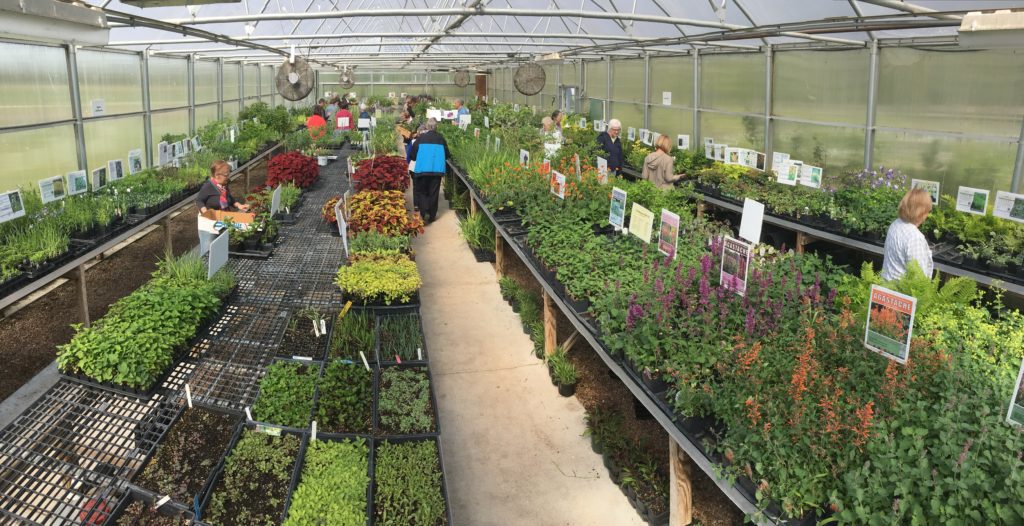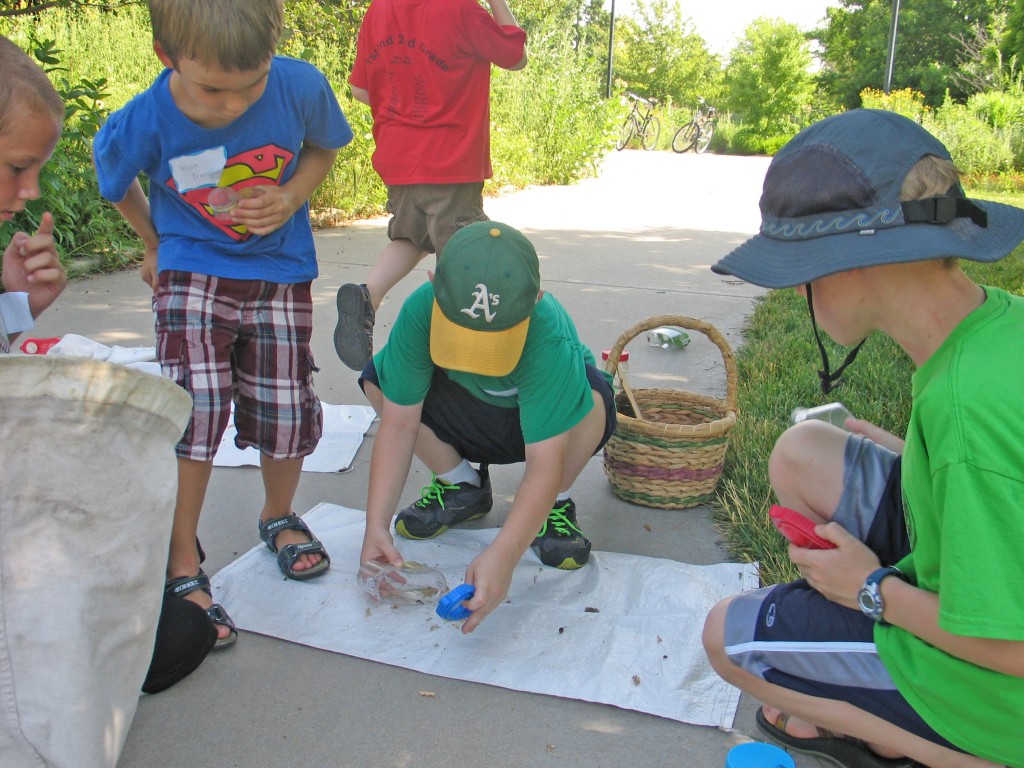You may be tired of scraping the frost off your windshield in the morning and perhaps you grumbled while shoveling snow from your sidewalk last week (we had 3″ on 2/20/19 at Dyck Arboretum). But don’t believe Punxsutawney Phil when he predicts six more weeks of winter or become dismayed by this year’s colder spring or higher number of cloudy days than usual. Warmer weather is coming and there are harbingers of spring out there if you pay attention.
Increased Photoperiod
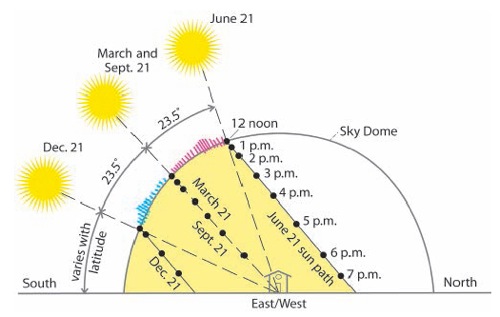
We are gaining roughly two minutes of sunlight every day since the December 21 solstice. The weather may have been unpredictable and cloud cover variable the last couple of months, but we can rely on the daily incremental increase of daylight like clockwork as the sun gets higher in the sky. More light means more warmth and plants/animals respond to these changes in photoperiod.
Bird Behavior
Changes in bird behavior help mark the changing of the seasons. Bird songs seem to be more prevalent in the morning recently. I heard House Finches and Northern Cardinals here at the Arboretum both singing on a morning last week (2/20/19). I would suspect that means something with regard to territory and mating. The courtship ritual of the American Woodcock is a sign of spring around dusk to twilight in early- to mid-March. Hearing their nasal “peent” while faintly seeing them circle skyward before tumbling to the ground is an interesting and memorable experience.
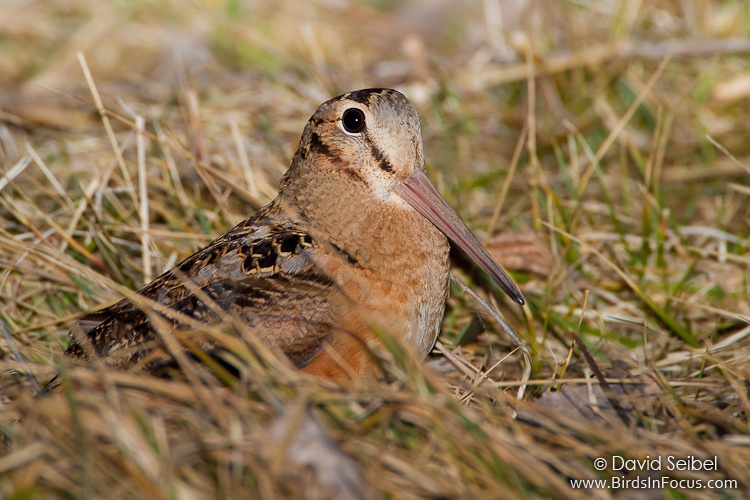
Harris’s Sparrows and Dark-eyed Juncos for me are signs of winter and their migration north signals spring. They are still around here in late February, but their numbers are dwindling and their presence will soon be scarce. American Robins do overwinter here, but their behavior of eating fruit will soon turn to

A change in the foraging habits of American Robins from eating fruit to worms is a subtle sign of spring. (Photo Credit: Judd Patterson, Birds In Focus)
To become more in tune with birds around you, learn more about common to rare birds, their migration patterns, behaviors, songs, food preferences and more, consider joining Kansas Ornithological Society. Be sure to sign up for emails from their Kansas Bird Listserv through which you will get regular reports from experienced birders around the state.
And if you ever wonder what migrating birds are doing when they are not in Kansas, check out this very cool story about the migration of Grasshopper Sparrows and Upland Sandpipers.
Insect Activity
On warm days I look forward to seeing insects beginning to fly and move about. That means host plants and flowers are coming out or will soon be found as well. The presence of insects as food means that birds, reptiles, amphibians, mammals, fish and predatory insects will have something to eat. Insects are an important basis for the food chain of wildlife around us.
But perhaps the most recognizable and celebrated insect out there is the monarch butterfly. Journey North again is a good place to track monarch movements as well as the emergence of their ever-important host plant, milkweed and when/where monarchs are laying eggs on milkweed. The first monarch adults were observed along the Gulf Coast this weekend (2/23 and 2/24) and I expect that we will start seeing our first monarchs in Kansas by early April.
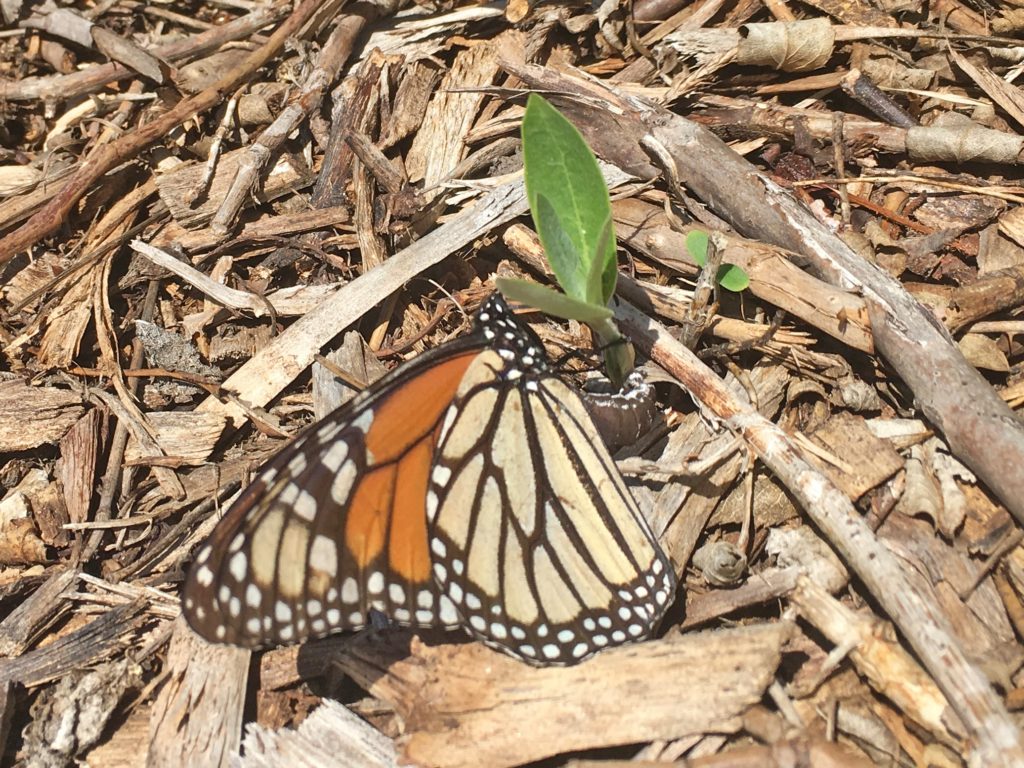
Flowering Plants
Then, there are the emerging plants. The first I know to bloom here at Dyck Arboretum every year is witch hazel. As the warm sun came out one afternoon last week (2/20/19) and above-freezing temperatures melted that morning’s snow, this early-blooming shrub burst with flowers.
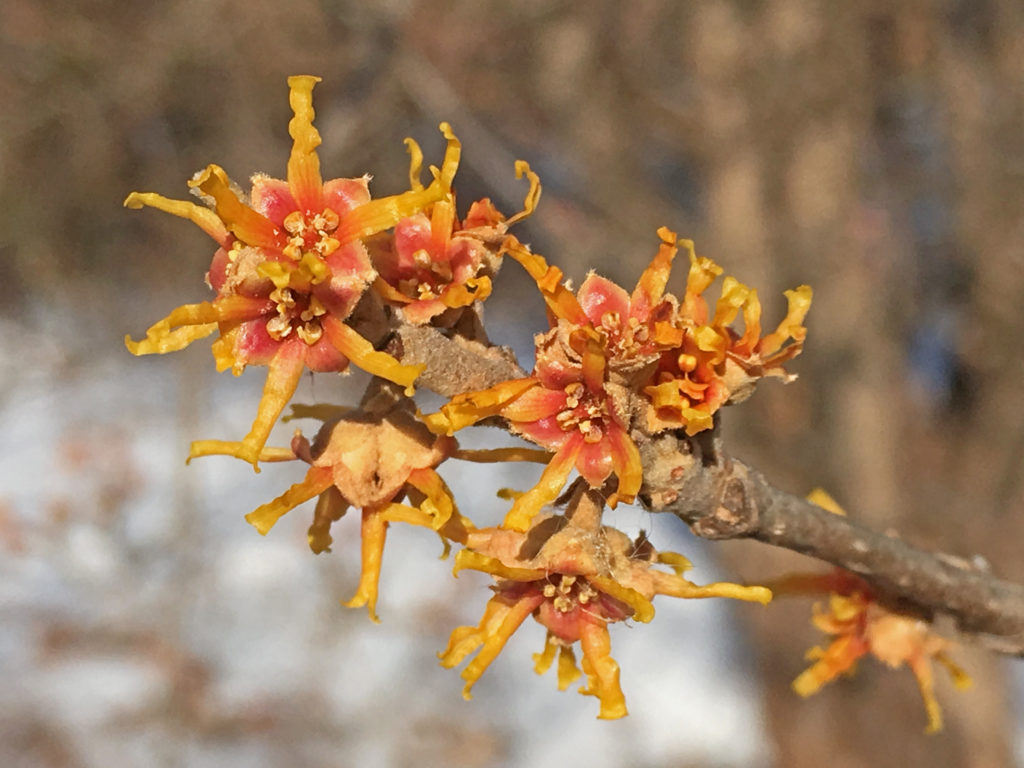
As its two common names suggest, vernal or Ozark witch hazel (Hamamelis vernalis) is a spring-blooming shrub that originates from the Ozarks of southern Missouri.
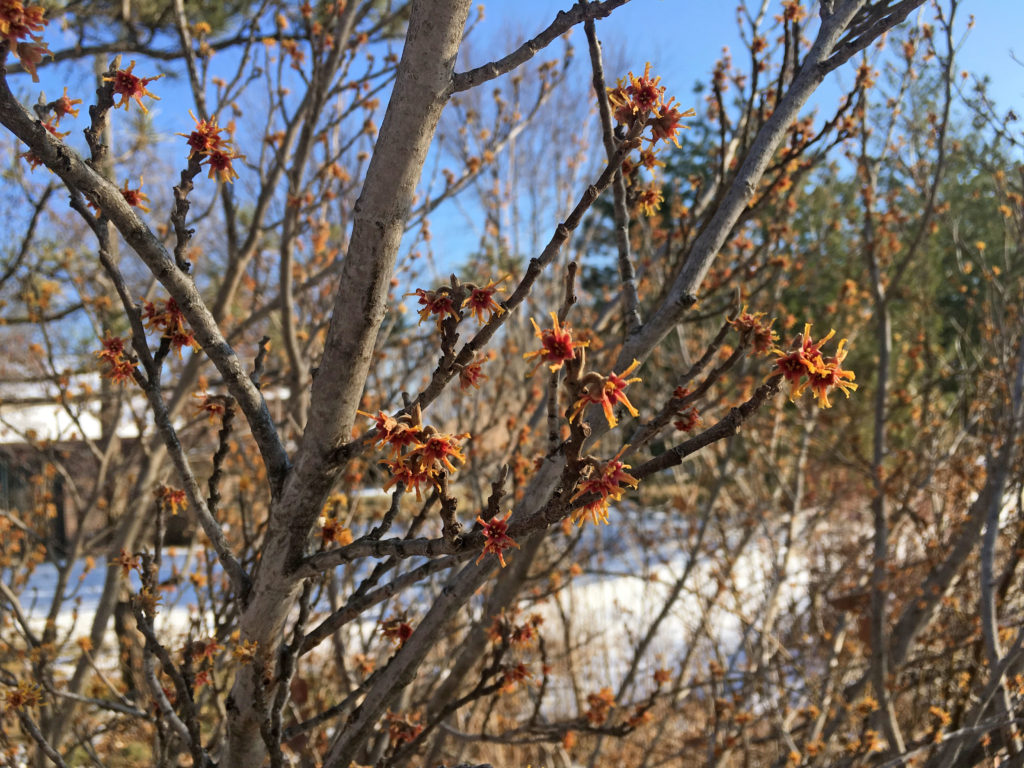
During warm winters, vernal witch hazel starts blooming here at the Arboretum as early as mid-January and during cold winters as late as early March. Over the last few cold weeks of February, I’ve watched seemingly struggling flowers wait partially open for their time to shine. And last week this harbinger of spring did not disappoint.
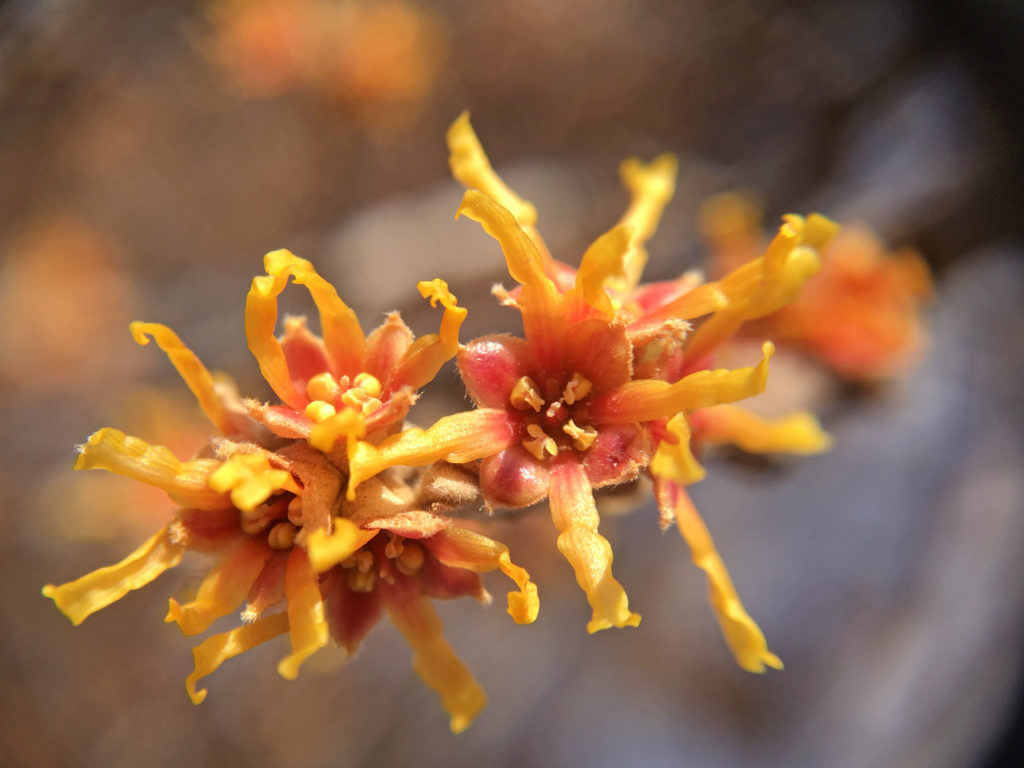
The flowers of Prairie Gold® aspen (Populus tremuloides) ‘NE Arb’ are starting to emerge outside the doors of our Visitor Center. Soon the fuzzy catkins of this fast-growing tree with origins in Nebraska will emerge so the wind can disperse its pollen.
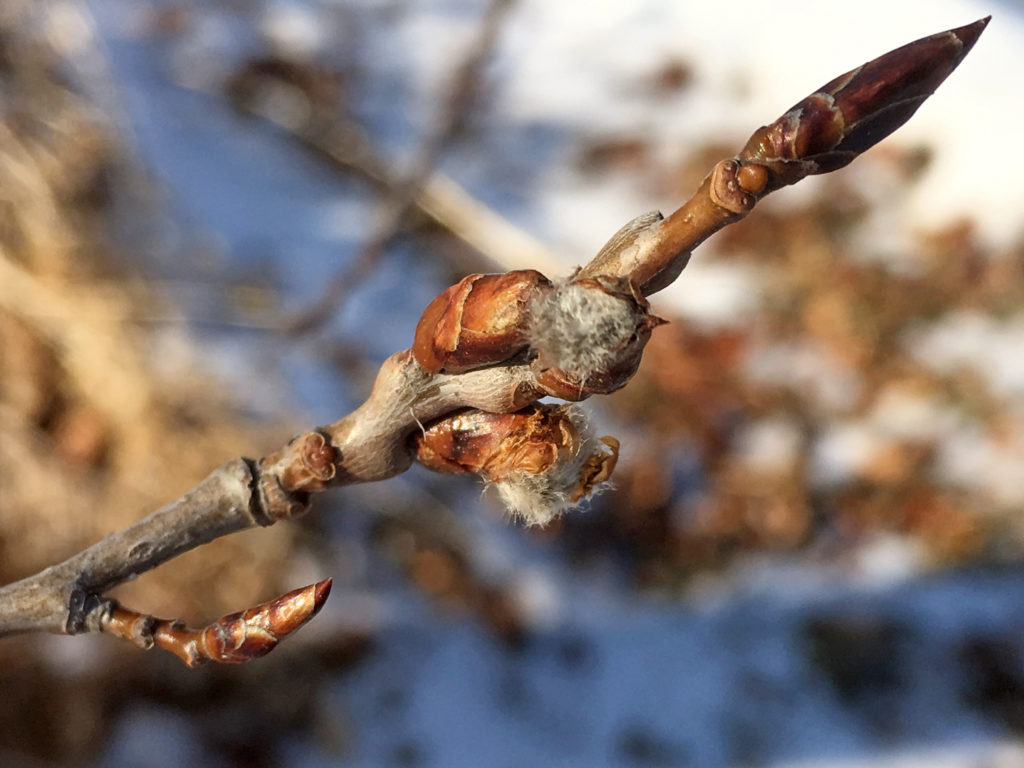
(Populus tremuloides) ‘NE Arb’ fuzzy catkins emerging Feb. 22, 2019.
And finally, the common urban tree, silver maple (Acer saccharinum), is one of the spring harbinger flowers you will probably not see, but many of us will know when it starts blooming. The airborne pollen of these not very showy wind-pollinated flowers will soon fill the air and activate itchy and watery eyes and noses (Click HERE if you want to delve a bit more into the differences between wind- and insect-pollinated flowers). I have learned that these unappealing sensations caused by wind-pollinated maples and elms early in spring are harbingers too. Locate your anti-histamine medications and roll out a welcome for spring.
